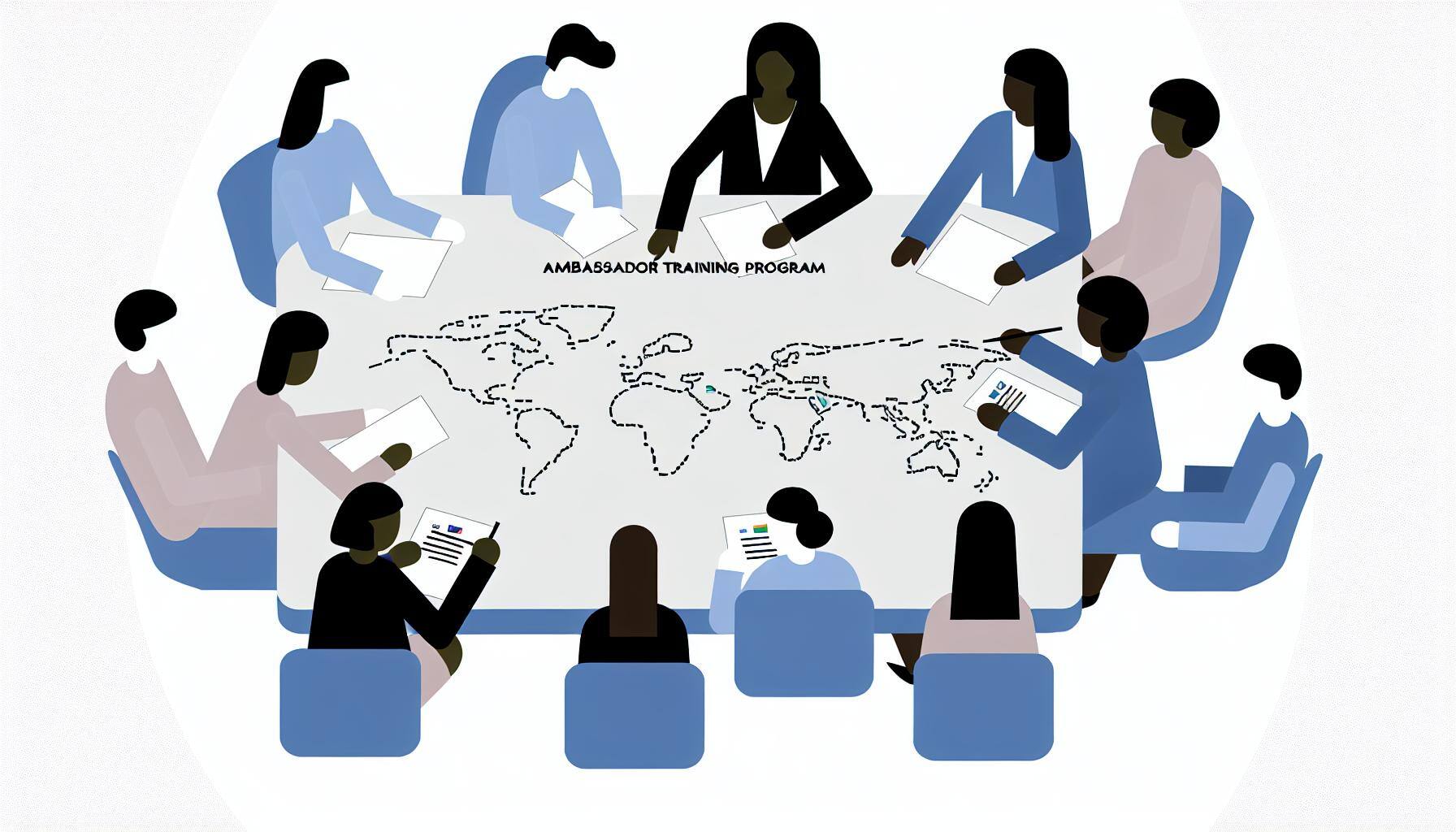
Engage, Empower, Excel: Involving Stakeholders in Crafting Destination Ambassador Training Programs
Stephen Ekstrom
Jul 11, 2024 9:05:37 AM
Engage, Empower, Excel: Involving Stakeholders in Crafting Destination Ambassador Training Programs
3:43
Involving a destination marketing organization's (DMO) stakeholders and partner organizations in the development of a destination ambassador training course is essential for creating a comprehensive and effective program. Here are some strategies to ensure their active involvement:
1. Identify Key Stakeholders and Partners
- Stakeholders: These might include local government officials, tourism board members, business owners, cultural institutions, and community leaders.
- Partners: These could be local hotels, restaurants, tour operators, transport services, and other tourism-related businesses.
2. Conduct Needs Assessments
- Surveys and Interviews: Conduct surveys and interviews to gather input from stakeholders and partners and understand their needs, expectations, and what they believe should be included in the training.
- Focus Groups: Organize focus groups with diverse stakeholders to discuss specific needs, challenges, and opportunities.
3. Form a Development Committee
- Committee Composition: Include representatives from various stakeholder groups and partner organizations to ensure a wide range of perspectives.
- Regular Meetings: Schedule regular meetings to discuss progress, gather feedback, and make decisions collaboratively.
4. Collaborative Content Development
- Workshops and Brainstorming Sessions: Hold workshops to co-create content, ensuring it reflects the destination's unique aspects and strengths.
- Subject Matter Experts: Involve local historians, cultural experts, and experienced tourism professionals in developing course content.
5. Pilot Testing and Feedback
- Pilot Programs: Run pilot versions of the training course with a small group of stakeholders and partners.
- Feedback Mechanism: Collect detailed feedback from participants to refine and improve the course.
6. Regular Updates and Continuous Improvement
- Ongoing Involvement: Keep stakeholders and partners involved even after the course launch by regularly updating them and seeking their input for continuous improvement.
- Feedback Loops: Establish mechanisms for ongoing feedback from course participants and partners to keep the content relevant and up-to-date.
7. Communication and Transparency
- Regular Updates: Provide regular updates on the development process, progress, and changes.
- Clear Communication Channels: Ensure there are clear communication channels for stakeholders and partners to voice their opinions and concerns.
8. Incorporate Local Stories and Experiences
- Authenticity: Integrate local stories, experiences, and insights from stakeholders and partners to make the training authentic and engaging.
- Case Studies: Use case studies and examples from local businesses and organizations to illustrate key points.
9. Leverage Technology
- Online Collaboration Tools: Online collaboration tools are used to facilitate communication and collaboration among stakeholders and partners.
- Accessible Platforms: Ensure the training platform is easily accessible to all stakeholders and partners.
10. Recognition and Incentives
- Acknowledge Contributions: Publicly acknowledge and thank stakeholders and partners for their contributions.
- Incentives: Offer incentives such as free access to training, promotional opportunities, or recognition in marketing materials.
By involving stakeholders and partner organizations in these ways, you can develop a destination ambassador training course that is comprehensive, inclusive, and effective in promoting the destination.

Leave a comment